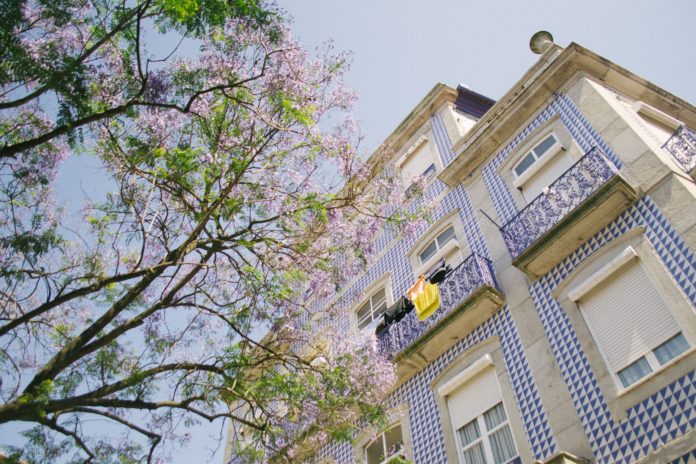Travelers that have had the luxury to have visited the Southern European country of Portugal are almost certain to have run into one of the traditional decorative art forms of this country.
Azulejo is a type of tile art that is extended throughout Portugal and is seen in the most normal and everyday settings in the country’s territory.
These painted tiles often have a blue component (hence the “azul” part of the word, which means blue in Portuguese) and are found on the walls, ceilings, and exteriors of all kinds of buildings. They often appear as part of the architectural design of public buildings, apartment buildings, schools, and churches.
This art form dates back to the 13th and 14th centuries, back when the Iberian Peninsula maintained strong bonds with the Arab world. In this time, parts of the Iberian Peninsula were controlled by various Islamic kingdoms and there was strong trade between the two regions.
After acquiring the tools necessary to make azulejo, artists from both Spain and Portugal began to use azulejos to decorate buildings, and the art form continues to this day, being more common in Portugal.
Visitors who want to learn more about azulejo can even visit Lisbon’s Museu Nacional do Azulejo, a museum which has excellent examples of the art and tells the story of its history.












